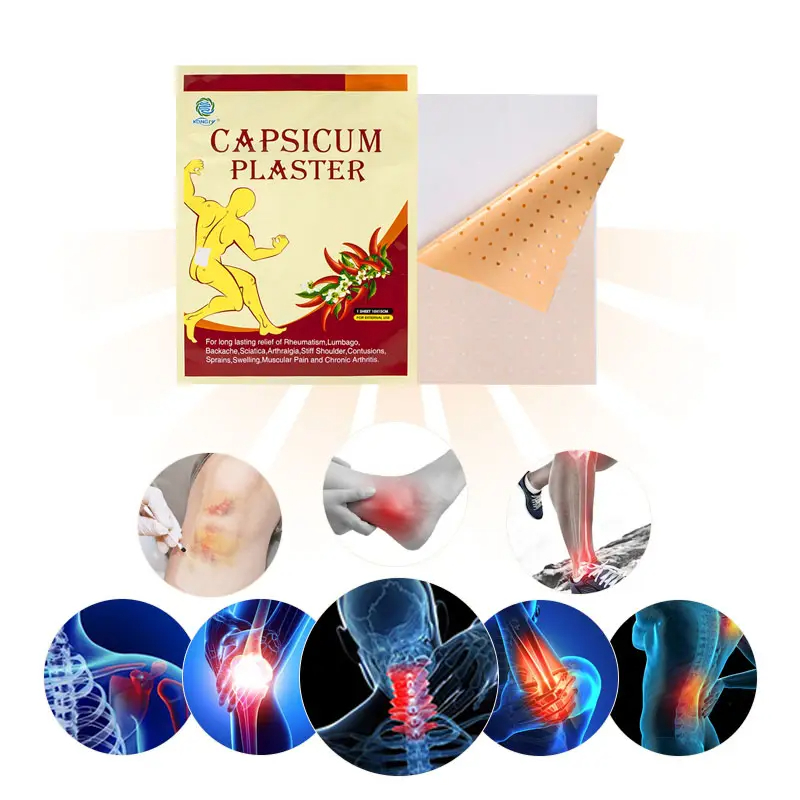Author:Kangdi 30-11-2023
The rising popularity of capsaicin patches for natural pain relief spotlights non-pharmacological health solutions empowering consumer self-care alternatives. However, evaluating safety remains imperative for responsible adoption by pain suffers and formal healthcare recommendation into standard practice guidelines.
Examining key physiological impacts using capsaicin informs judicious use for optimal therapeutic effects. Understanding both transient and cumulative interactions also assures stakeholders of minimal adverse risks interfering with widespread access to this promising new analgesic option for improved community health.
01. Temporary Effects
The most common side effects involve temporary burning or stinging sensations stemming from capsaicin excitation of heat and pain nerve fibers. The discomfort typically subsides within minutes as the skin adapts to continual exposure through neuronal substance P depletion. Lingering warm, numb sensations indicate the desired analgesic action taking effect for users to enjoy several hours of relief.
Some users also report minor short-term skin irritation like redness, rash or itchiness from contact allergies with the adhesive patches rather than capsaicin itself. Switching brands with alternative latex-free sticking agents often resolves these annoyances for tolerant enjoyment.
02. Long-Term Effects
No serious adverse events emerged across numerous clinical safety trials when used as directed over both acute and sustained long-term intervals. This establishes capsaicin patches as a well-tolerated convenient intervention for recurring daily discomfort or refractory issues unresponsive to other conservative treatments.
In fact, continual application shows potential defensive properties lowering substance P levels similar to building resistance against the heat and sting potency of peppers through slow exposure. Users often report reduced side effects over time as nerve pathways accustom to the compound's presence. The adaptive response helps many embrace capsaicin patches as part of regular care regimens.
03. Drug Interactions
Unlike oral medications, localized skin delivery prevents capsaicin absorption through the gastrointestinal tract or distribution through blood circulation pathways. This bypass avoids related concerns of complications, exaggerated responses or neutralizing interactions when combined with other pharmaceutical pain relief agents, supplements or daily medications users may take.
However, it remains wise to consult medical professionals when adding any new clinical intervention to an existing health plan. But no inherent problems exist blending external capsaicin therapy synergistically alongside other modes for pain relief options as recommended professionally.
Overall, studies reinforce capsaicin patches as a well-tolerated, high safety margin alternative meeting diverse consumer needs - available without prescription requirements or limitation restrictions given current satisfying risk-benefit analysis across numerous outcome evaluations. Responsible usage instructions empower users to manage mild side effects through product selection and proper site-specific administration for lasting topical plant-based pain relief.
 0086 19937104978
0086 19937104978





